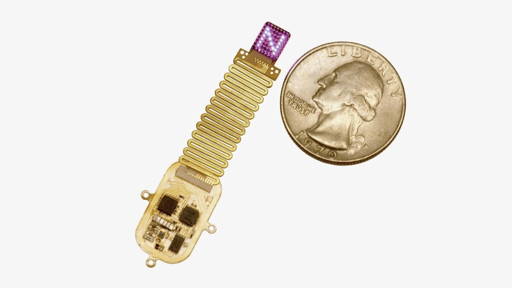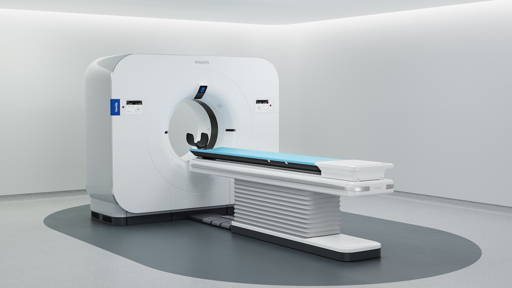A new generation of LASIK eye surgery, enhanced by 3D digital eye modeling, may significantly improve visual outcomes for patients. The advanced approach, known as Wavelight Plus LASIK, was shown to outperform the widely used SMILE Pro technique in a recent study presented at the American Academy of Ophthalmology meeting in Orlando, Florida.
Researchers found that 98% of eyes treated with Wavelight Plus achieved improved vision, compared to 82% with SMILE Pro. “These results are particularly encouraging for the future of refractive surgery,” said Dr. John Kanellopoulos, Clinical Professor of Ophthalmology at NYU Grossman School of Medicine.
Precision through personalized 3D modeling
Traditional LASIK involves creating a thin corneal flap and using a laser to reshape the underlying tissue. The Wavelight Plus version adds a layer of precision by constructing a high-resolution 3D digital model of each eye, generated from over 100,000 data points. This model allows surgeons to plan a personalized laser treatment tailored to each patient’s unique corneal anatomy.
In the study, 60 patients received Wavelight Plus LASIK in one eye and SMILE Pro in the other. The results were striking: every Wavelight Plus–treated eye reached nearly perfect alignment with its target prescription, while only three-quarters of SMILE Pro eyes achieved similar accuracy.
Improved sharpness, fewer imperfections
Beyond vision accuracy, more than 80% of Wavelight Plus patients gained an additional line of vision on standard eye charts, compared to less than one-third of those treated with SMILE Pro. The Wavelight Plus system also produced fewer optical aberrations, meaning patients experienced better night vision and contrast sensitivity.
“Ray-tracing LASIK not only corrects refractive error with great precision but also enhances overall visual performance,” Kanellopoulos explained. The technique was particularly effective for correcting astigmatism, a condition caused by irregular curvature of the cornea or lens that leads to blurred or distorted vision.
The future of refractive surgery
While SMILE Pro remains a valuable option. especially for patients seeking faster recovery and reduced dry-eye risk, the study suggests that 3D-guided Wavelight Plus LASIK may set a new standard for visual clarity.
Dr. Kanellopoulos emphasized that larger studies are needed to confirm the findings, but the implications are clear: combining AI-driven modeling with laser precision is paving the way for a more personalized, data-informed future in ophthalmic surgery.
3D-modelling
Earlier this year, researchers at the University of British Columbia Okanagan (UBCO) developed an advanced 3D-printed lung model that closely mimics real human lung tissue. Led by Dr. Emmanuel Osei, the innovation offers a new platform for studying complex respiratory diseases such as asthma, COPD and lung cancer, as well as testing potential treatments.
Using a specially designed bio-ink made from polymer-modified gelatin and polyethylene glycol diacrylate, the team created a hydrogel structure that replicates the lungs’ airways, blood vessels and mechanical behaviour. The addition of vascular components allows simulation of blood flow and inflammatory processes, making this model a promising tool for personalised medicine and drug discovery.







